Supportive Government Initiatives
Government initiatives aimed at promoting healthcare innovation are playing a crucial role in the growth of the Artificial Skin Market. Various countries are implementing policies that encourage research and development in regenerative medicine and tissue engineering. Funding programs and grants for startups and established companies working on artificial skin technologies are becoming more prevalent. These supportive measures not only foster innovation but also facilitate collaboration between academic institutions and industry players. As a result, the market is likely to benefit from increased investment and accelerated product development, potentially leading to a market growth rate of 14% over the next few years. Such initiatives are essential for advancing the capabilities and applications of artificial skin.
Rising Incidence of Skin Disorders
The prevalence of skin disorders, including burns, ulcers, and chronic wounds, is a significant driver for the Artificial Skin Market. According to recent health statistics, skin disorders affect millions of individuals worldwide, leading to a heightened demand for effective treatment options. The increasing incidence of conditions such as diabetes, which can result in severe skin complications, further emphasizes the need for advanced artificial skin solutions. As healthcare providers seek to improve patient outcomes, the adoption of artificial skin products is likely to rise. This trend is expected to contribute to a market growth rate of around 12% annually, as more healthcare facilities incorporate these innovative solutions into their treatment protocols.
Growing Aesthetic and Cosmetic Applications
The Artificial Skin Market is witnessing a notable expansion in aesthetic and cosmetic applications. As consumer awareness regarding skin health and appearance increases, the demand for artificial skin products in cosmetic procedures is on the rise. Innovations in artificial skin technology have led to the development of products that can be used for skin rejuvenation, scar treatment, and even cosmetic surgeries. The market for aesthetic applications is projected to grow significantly, with estimates suggesting a potential increase of 10% annually. This growth is driven by the rising popularity of minimally invasive procedures and the desire for natural-looking results, prompting manufacturers to invest in research and development to meet consumer expectations.
Increasing Demand for Personalized Medicine
The shift towards personalized medicine is significantly influencing the Artificial Skin Market. As healthcare moves towards tailored treatment approaches, the need for customized artificial skin solutions is becoming more pronounced. Patients are increasingly seeking treatments that are specifically designed to meet their unique skin characteristics and medical needs. This trend is likely to drive innovation in the development of artificial skin products that can be personalized based on individual patient profiles. The market is expected to see a growth rate of approximately 11% annually as manufacturers respond to this demand by creating more adaptable and patient-specific solutions. This focus on personalization not only enhances patient satisfaction but also improves treatment efficacy.
Technological Advancements in Artificial Skin
The Artificial Skin Market is experiencing a surge in innovation, driven by advancements in biomaterials and tissue engineering. Recent developments in 3D bioprinting technology have enabled the creation of more complex and functional skin substitutes. These innovations not only enhance the aesthetic and functional properties of artificial skin but also improve integration with human tissue. The market is projected to grow at a compound annual growth rate of approximately 15% over the next five years, reflecting the increasing demand for advanced wound care solutions. Furthermore, the integration of smart technologies, such as sensors and drug delivery systems, into artificial skin products is likely to expand their applications in medical and cosmetic fields, thereby propelling the market forward.


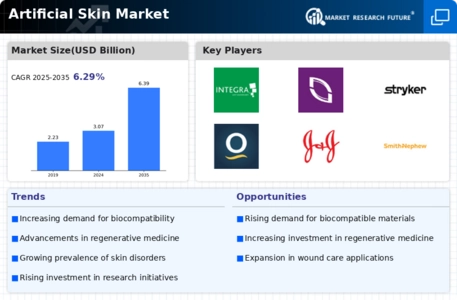
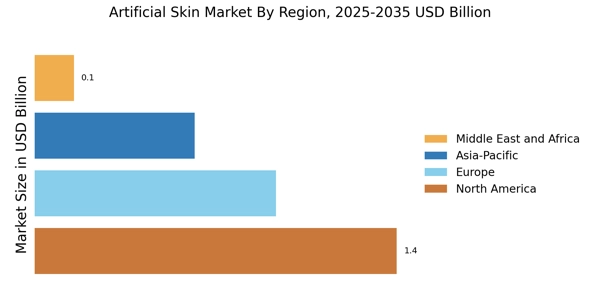
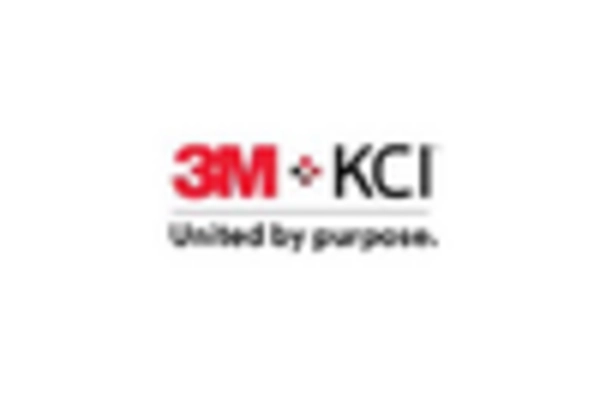
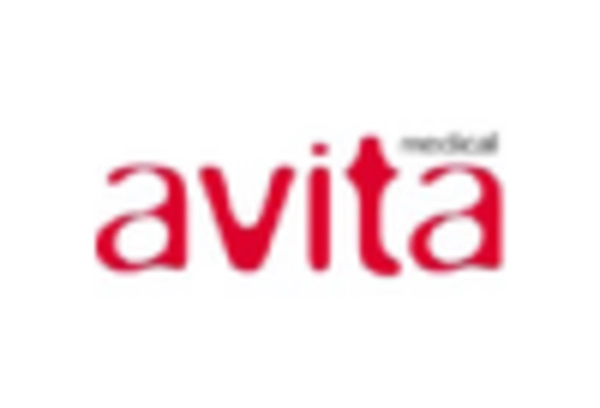
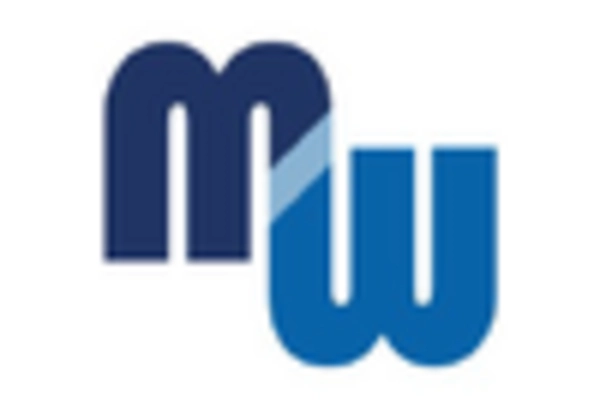


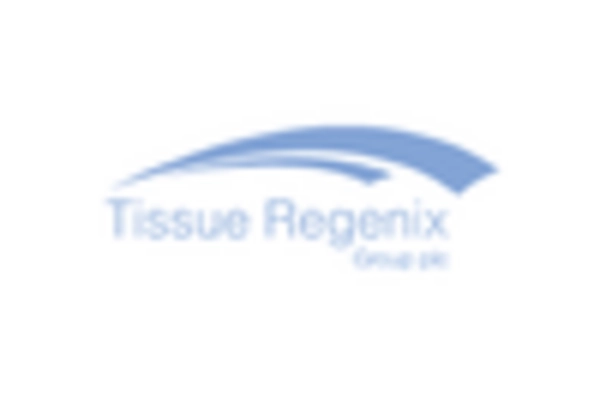








Leave a Comment